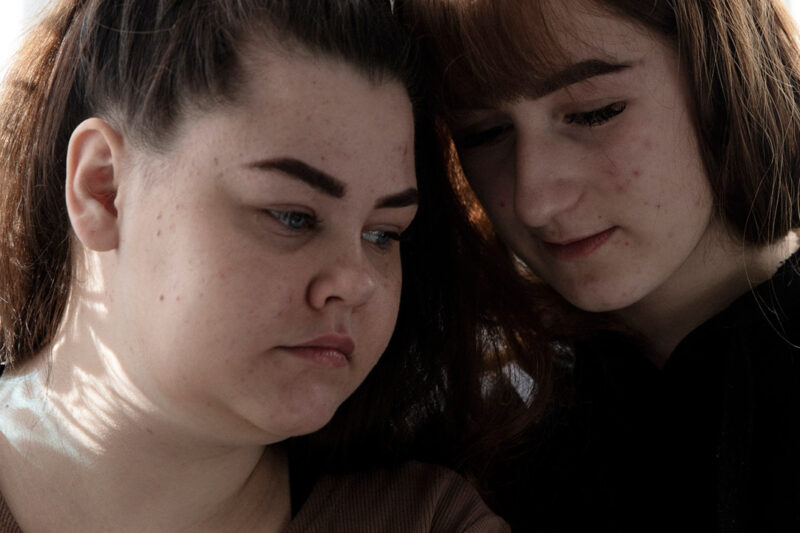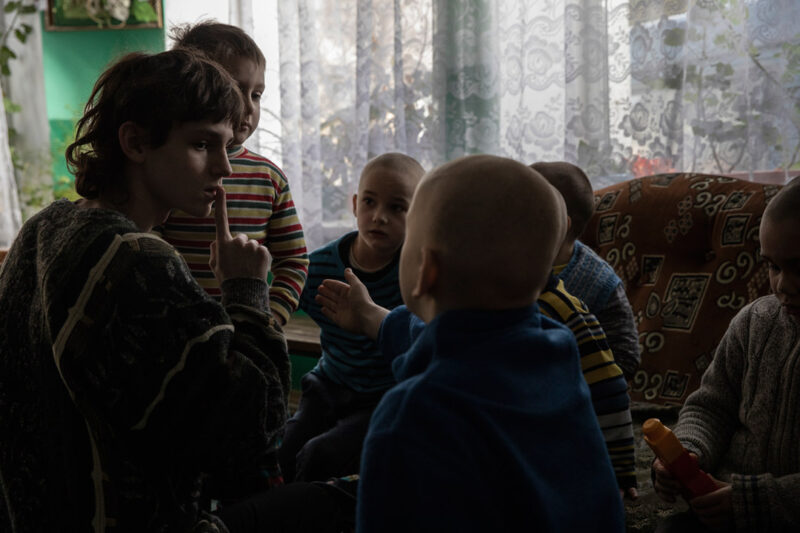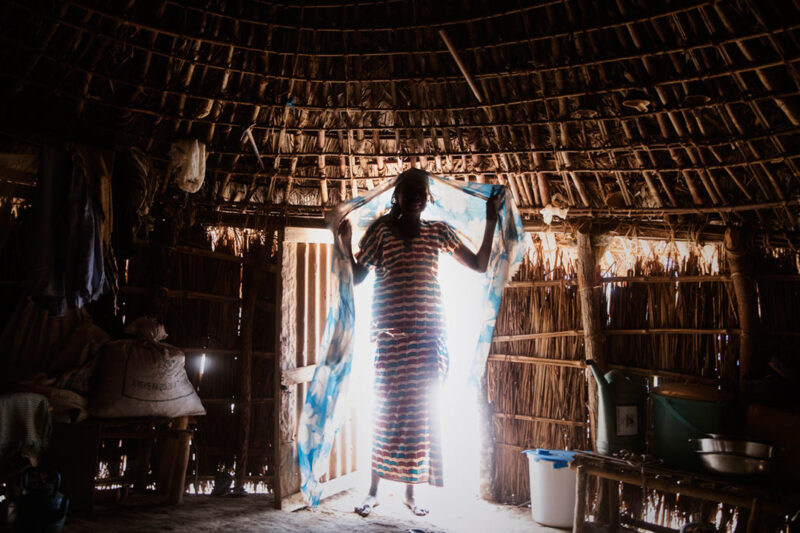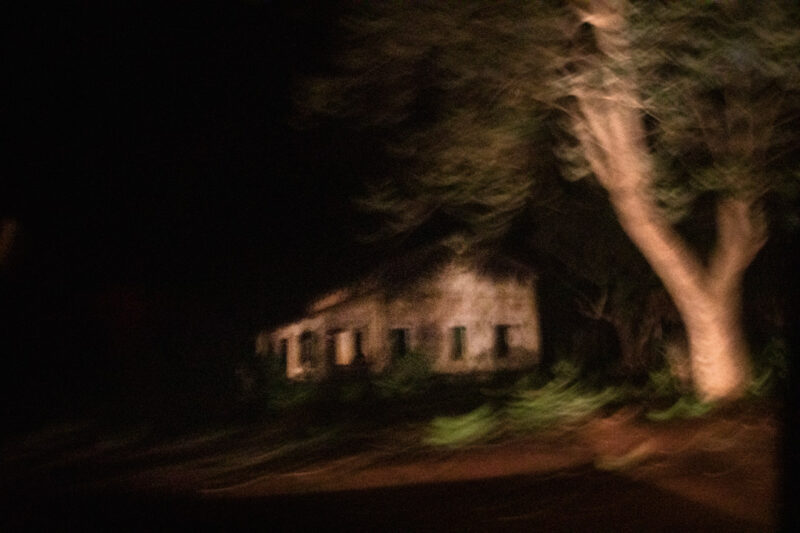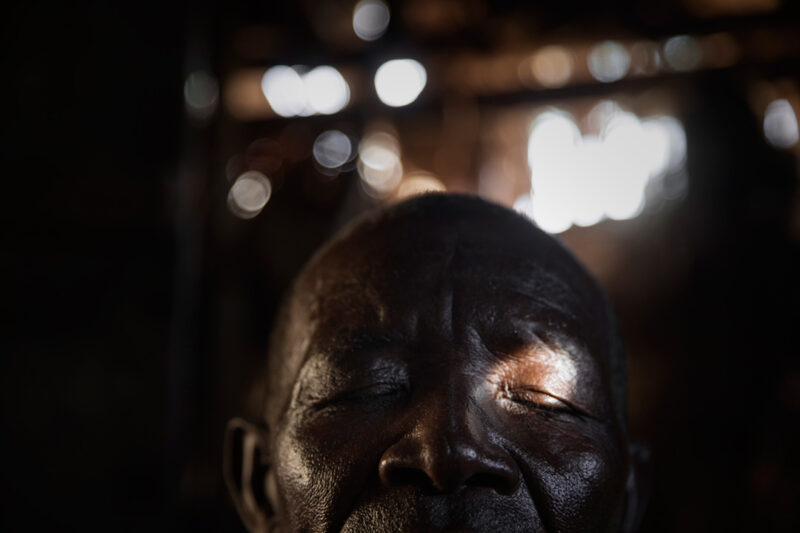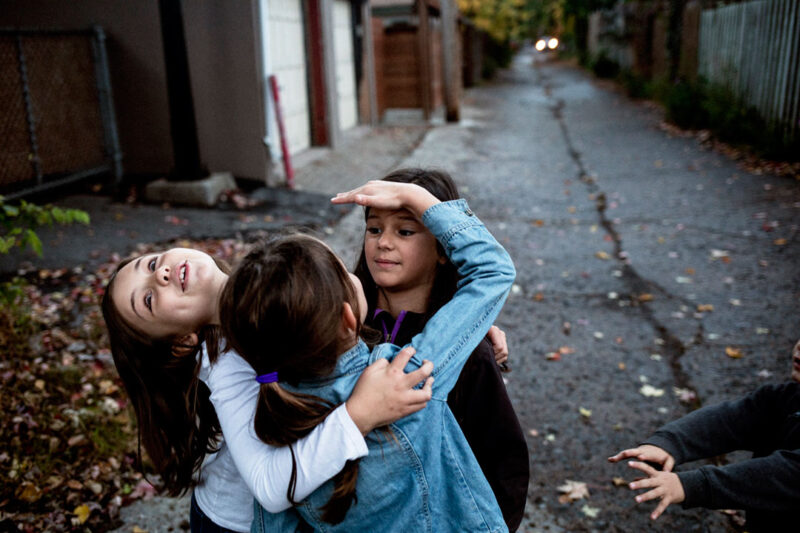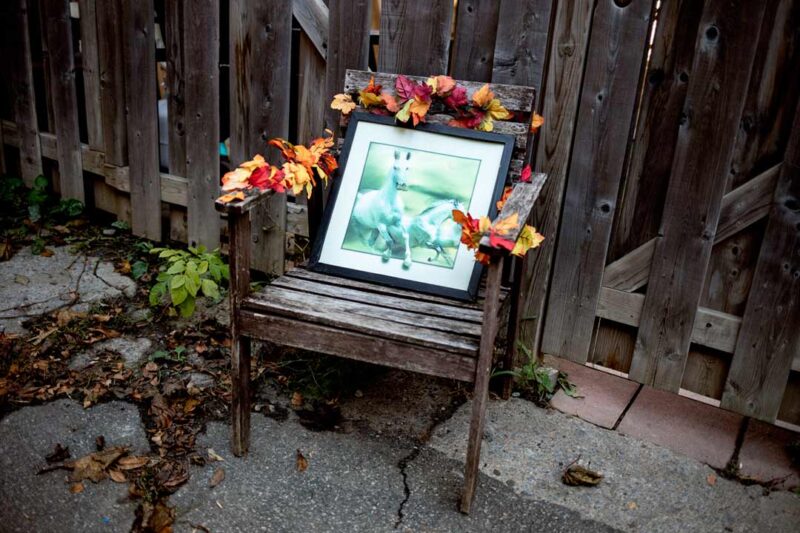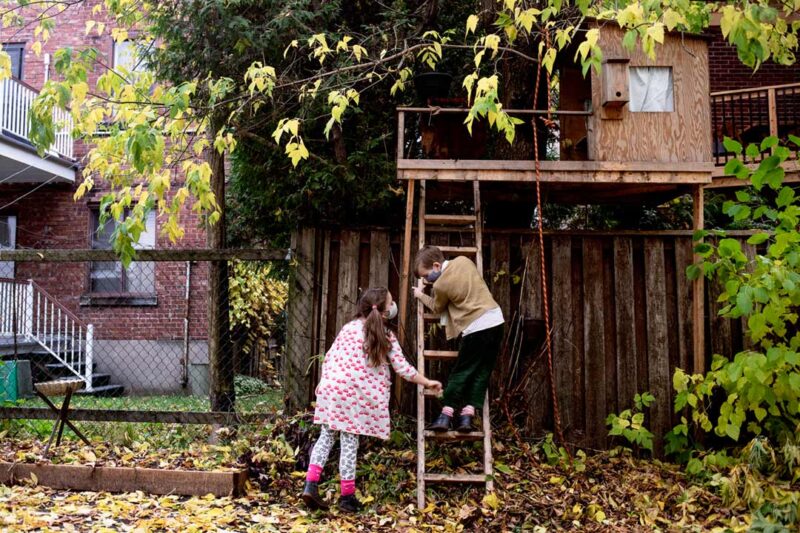[June 29, 2022]
An interview by Sophie Bertrand
Between two trips to Ukraine, where she was covering the consequences of the war that started on February 24, 2022, photographer Adrienne Surprenant talked to Sophie Bertrand about her experience in war zones. Trained at Dawson College in Montreal, Surprenant has had an international career that has taken her from Nicaragua to the Central African Republic, Cameroon, and South Sudan. Based in Paris, where she recently joined Agence MYOP,1 she described some of her documentary projects developed around themes such as post-conflict reconstruction.
Sophie Bertrand: Between 2017 and 2021, you did important work on the repercussions of the conflict in the Central African Republic. Is your work in Ukraine the first time that you’re photographing a war “live”? How does it differ with your previous experience?
Adrienne Surprenant: It’s my first war, but I have worked in conflict zones. In the Central African Republic, there were still confrontations going on: armed groups were no longer in the capital, but they were active in surrounding regions. In South Sudan, there were also hostilities, though they were quite localized. But there weren’t airborne threats and there was more balance between the opposed armed forces. The risks were easier to gauge and the danger was in human form, whereas in Ukraine it’s more abstract; there’s no way to predict a bombardment. Also, [Ukraine] is a difficult topic, but unlike other subjects I’ve covered, where I was more isolated in the field, I met up with many journalist friends. When I returned to Paris, we got together to talk about it, unlike the experience of the Central African Republic, for which there were few people to share the reality of being in the field. It’s also simpler to talk about it because people ask questions, even if they already know about the facts and the places, which are shown on the media. It’s easier to live with, in a sense.
SB: You documented the arrival en masse of Ukrainian refugees in Poland, then you crossed the border to get nearer the besieged towns and their inhabitants. How were you able to portray both the visible and the invisible aspects of this war and to show its consequences?
AS: At the beginning, I just wanted to go to Poland and work over the long term by dealing with the economic impacts on the poorest countries, especially the question of wheat. In the end I was caught up in the situation, the flow of refugees, the Ukrainians who went back to fight in their country, and so on. And I decided to go to Lviv and cover the eight- to nine-hour trip to the Polish border. People arrived exhausted, and I wanted to understand what this journey represented. So, I followed a family – a young couple and the man’s mother. It was important to establish a relationship with them; otherwise, I’d have a series [of photographs] of anonymous people in different places. Visually, I stayed with this connection between visible and invisible by talking about the edges of the war and the impact on populations. I think I succeeded in making gentle images, in comparison to the situation. It was important for me to show the humanity in the conflict. I opted for portraits and chose to capture emotions. I think that the violence of a situation can also be shown by showing the feelings of the people suffering through it.
SB: How would you describe your photographic approach?
AS: I like to take my time. My approach starts with a sense of curiosity, a subject that intrigues me. I have a very journalistic path: I choose my images for their information. Their value resides in the fact that they can teach us more about a subject: the story that comes behind them adds more informational value. I spend a lot of time documenting what I do. This doesn’t necessarily show through in my shots, but it influences what I do and how I interact in the field, putting aspects of general culture into context. I’m often interested in subjects that aren’t easy to illustrate.
SB: In 2020, during the pandemic, you obtained a grant from the COVID-19 Emergency Fund for Journalists, awarded by the National Geographic Society, to take pictures of the alleys of Montreal. Can you talk a bit about this project?
AS: Like all Montrealers, I grew up with the alleys. I was surprised to see how they had been taken over, especially given the pandemic. I also noted the differences in ways of doing things during the lock-down – for example, francophones got together more outside than did anglophones – and social differences in how alleys were laid out in gentrified areas as against the absence of “life in the alley” in disadvantaged neighbourhoods. I was interested in documenting human beings in adversity and how the space of the alley could help them get through the ordeal. This links up with my other projects connected with mental health, resiliency, and methods that people adopt to heal themselves. Translated by Käthe Roth
Adrienne Surprenant (b. 1992) is continuing her documentary work in Ukraine, alternating it with commissions for the press. Her photographs have been published in The Washington Post, Time, The Guardian, Le Monde, Le Monde diplomatique, and Al Jazeera and have been seen in Canada, France, and England. The project Un pays sans sommeil, shot in the Central African Republic, has been presented as a virtual exhibition2 and was shown in Paris in early 2022 and then, that summer, at the Réflexivité(s) festival in Lourmarin, France. http://www.adriennesurprenant.com/#0
Sophie Bertrand is a photographer, author, and museologist. She has published in various magazines, including Photosolution, L’Œil de la photographie, and Esse, and has been a regular contributor to Ciel variable since 2018; she also contributed to the book L’histoire mondiale des femmes photographes (2020). In parallel with her photographic practice, she works on curating and publishing projects on contemporary and documentary photography, heritage, and photography collections. Currently, she and Jocelyne Fournel are writing a book on Agence Stock Photo.


